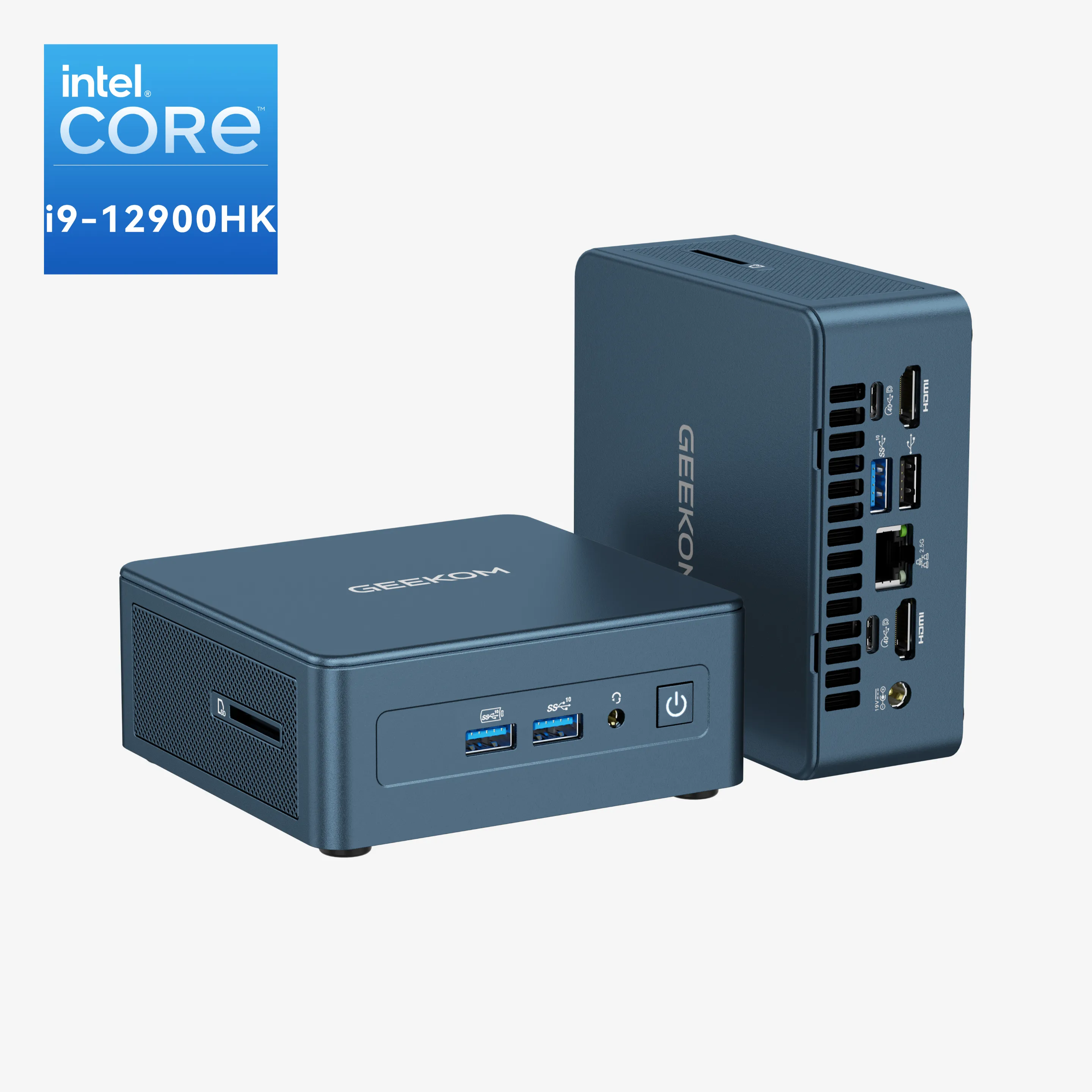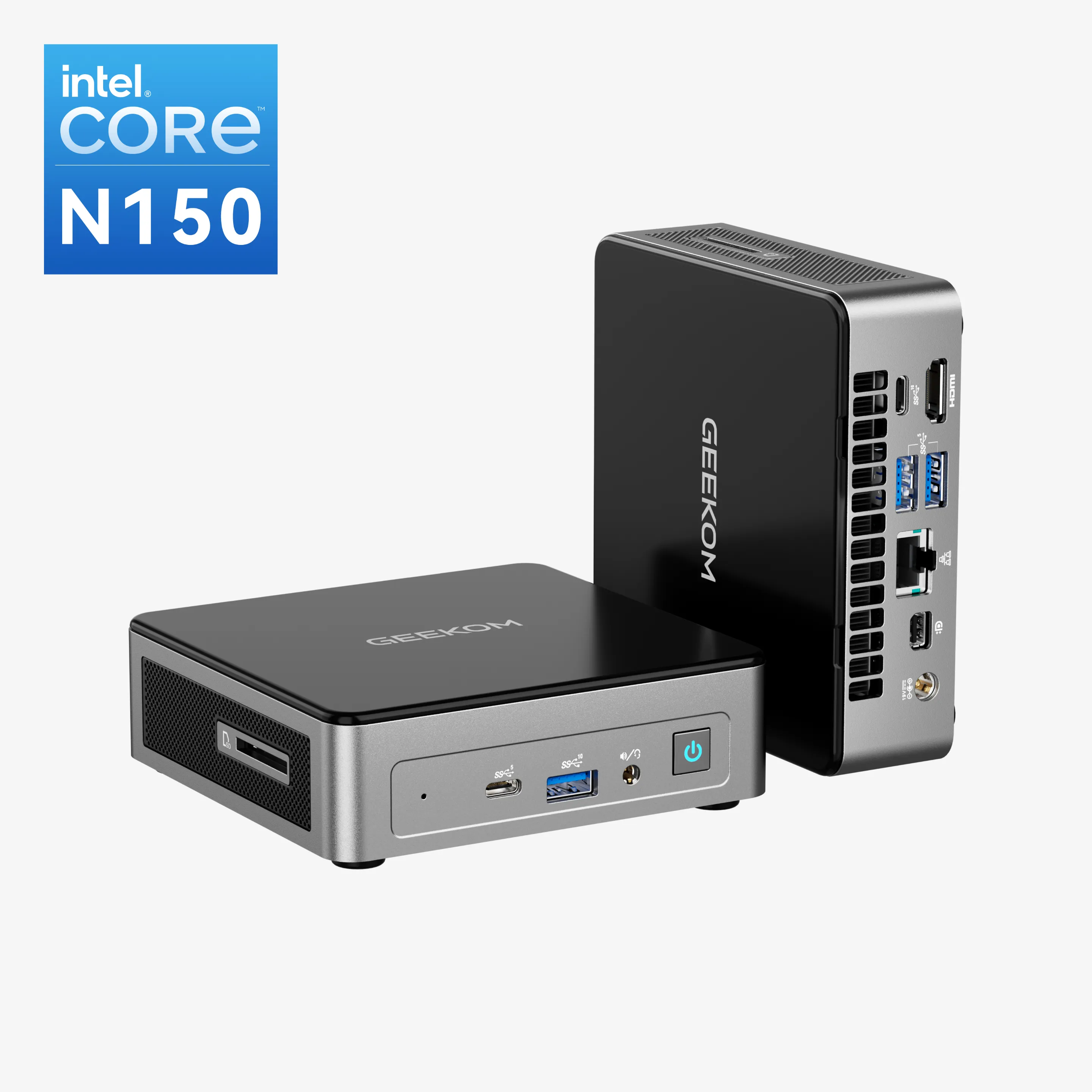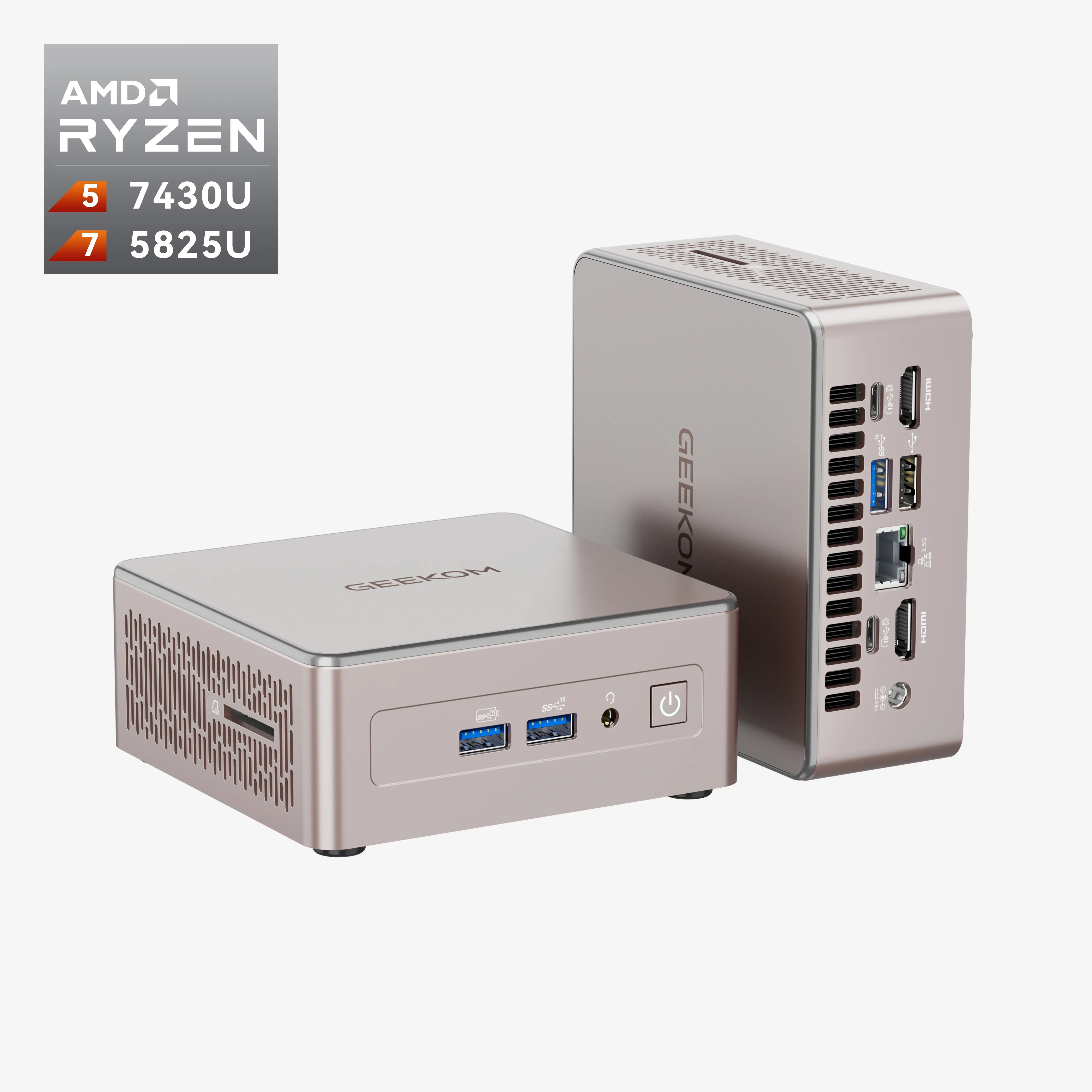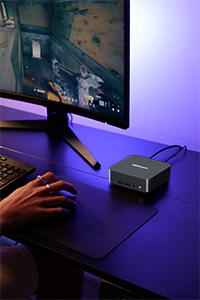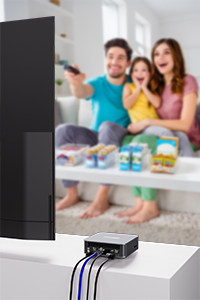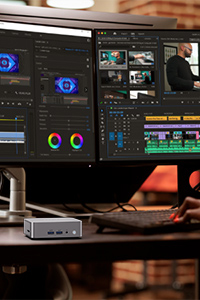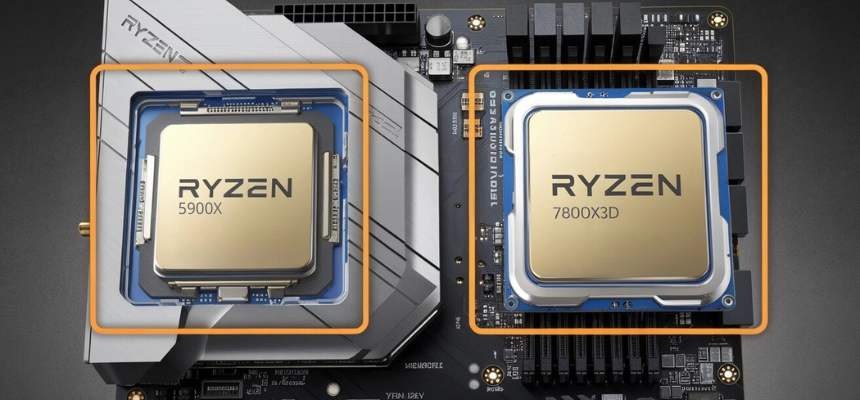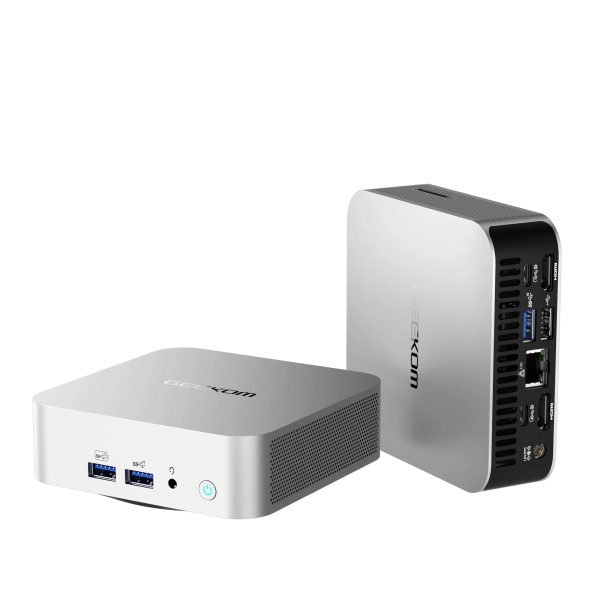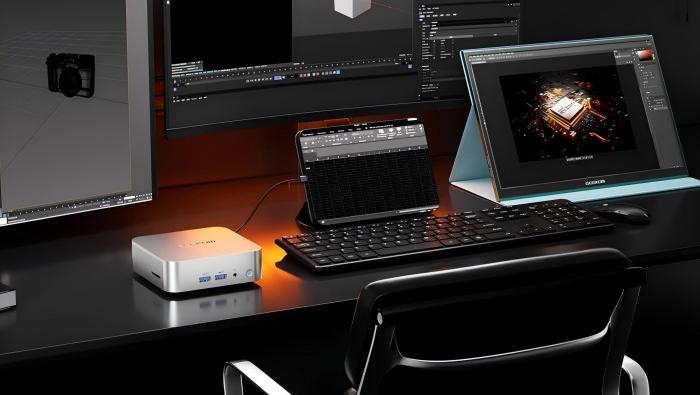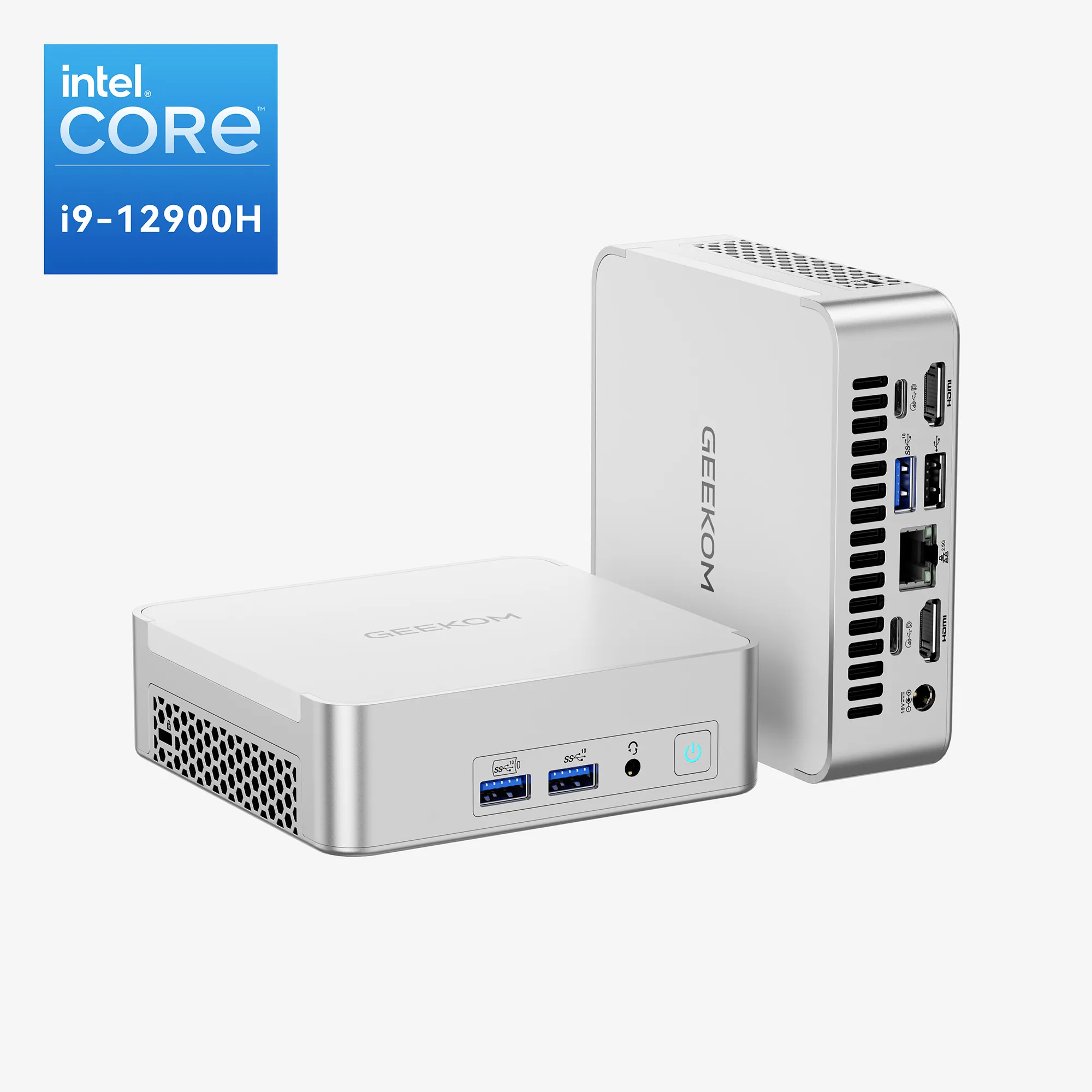Introduction
Selecting the right central processing unit is essential for building a computer that will deliver certain performance specifications required for gaming, content creation, or general productivity. AMD is well recognized in the field of high-performing CPUs with quite several new entrants, like the Ryzen 9 5900X and the Ryzen 7 7800X3D. The Ryzen 9 5900X is, of course, built with multi-core performance in mind and means business for anyone who needs high-performance computing; whereas the Ryzen 7 7800X3D, introduces AMD’s latest 3D V-Cache technology, offering ramifications concerning processing and game speed because of that one noticeable feature-the much prelude access to larger sets of data.
This article intends to pit both of these processor behemoths against each other to paint out their specification, performance, and pricing levels so one can decide which central processing unit conforms best with their use and budget. The customers would benefit by analyzing the merits and limitations of one CPU versus the other and selecting what is by their long-term computing goals.
Ryzen 9 5900X Vs Ryzen 7 7800X3D Specifications
| Feature | AMD Ryzen 9 5900X | AMD Ryzen 7 7800X3D |
| Core Count | 12 cores | 8 cores |
| Thread Count | 24 threads | 16 threads |
| Base Clock | 3.7 GHz | 3.4 GHz |
| Boost Clock | 4.8 GHz | 5.0 GHz |
| Total Cache | 64 MB L3 | 96 MB L3 + 8 MB L2 |
| Architecture | Zen 3 | Zen 3 with 3D V-Cache |
| PCIe Version | PCIe 4.0 | PCIe 4.0 |
The AMD Ryzen 9 5900X and Ryzen 7 7800X3D represent distinctly different characteristics to cater to two types of users. The Ryzen 9 5900X has 12 cores and 24 threads, making it ideal for multitasking and a great amount of computational power suitable for content creation and heavily threaded applications. It has a base clock speed of 3.7 GHz and can reach up to 4.8 GHz, thanks to a very integrated 64 MB of L3 cache that will support efficient handling of large datasets.
On the other hand, the Ryzen 7 7800X3D has fewer cores, standing at 8 with 16 threads, which stands out with AMD’s 3D V-Cache feature. To that end, it packs a humongous 104 MB cache against 5900X-and this exceptionally high level of cache places this processor right in the fast lane for digging into gaming and some specialized computational tasks. Its boost clock of 5.0 GHz is slightly higher than the 5900X, thus coupled with this advanced cache readily makes it extraordinarily fast for any single-threaded tasks. Either CPUs support the most advanced of PCIe 4.0 standards, which assures compatibility with high-speed components including NVMe SSDs and new-generation video cards.
Ryzen 9 5900X Vs Ryzen 7 7800X3D Performance
Gaming Performance
Frame Rate Comparison in Popular Games (Using NVIDIA RTX 3080, 1440p, Ultra Settings):
| Game Title | AMD Ryzen 9 5900X FPS | AMD Ryzen 7 7800X3D FPS |
| Cyberpunk 2077 | 112 FPS | 125 FPS |
| Fortnite | 240 FPS | 255 FPS |
| Microsoft Flight Simulator | 55 FPS | 60 FPS |
| Call of Duty: Warzone | 165 FPS | 180 FPS |
| The Witcher 3 | 142 FPS | 155 FPS |
The gaming performance data above leverages an NVIDIA RTX 3080 at 1440p resolution and settings at Ultra to ensure that the CPU is the limiting factor in these benchmark results.
The Ryzen 7 7800X3D continuously offers improved frame rates in every game title over the Ryzen 9 5900X mainly due to 3D V-Cache technology. With the cache upgrade, data retrieval can happen fast, and it becomes possible to render the demanding and complicated game environments displayed on the screen as fast as possible.
In our tests, we saw that 7800X3D can push frame rates about 11% higher than the 5900X on “Cyberpunk 2077”, helping make games define the physical world better when it comes to representing the rustle of tree leaves, fluttering birds flying, or the reflection of light appearing on a shiny glass.
The great and ever more amazing thing is that if you have a game or areas within games that are very CPU-bound because it requires a high amount of calculations from multiple threads at the same time, quick data retrieval can help to solve the bottleneck, and frame rates will increase. Even if the game does not show visibly higher FPS numbers, the gaming experience can feel much smoother.
Productivity and Professional Software Performance
| Software/Application | AMD Ryzen 9 5900X Score | AMD Ryzen 7 7800X3D Score |
| Cinebench R23 (Multi-core) | 22,546 | 20,890 |
| Adobe Premiere Pro | 780 | 760 |
| Blender (BMW Render) | 125 seconds | 130 seconds |
| 3ds Max | 15.3 | 14.8 |
While the Ryzen 9 5900X frequently outperforms the Ryzen 7 7800X3D in productivity and professional software environments, the competition shifts whenever the higher core and thread count can be leveraged. Benchmark scores from Cinebench R23, together with tests in Adobe Premiere Pro, all point to the observation that, whereas the Ryzen 9 5900X makes very efficient use of multi-threaded workloads, making it excellent in video editing, 3D rendering, and other stern application tasks, Ryzen 7 7800X3D still competes somewhat less in these tasks-perhaps due to its moderate cache enhancement advantage-at some extent.
It is interesting to note that the multithreaded performance of Ryzen 9 5900X enables the capability of synergizing with a greater range of workloads, making it preferred for people who use productivity-centric applications.
Technological Enhancements
The AMD Ryzen 9 5900X and Ryzen 7 7800X3D are based on the Zen 3 architecture from AMD, in which areas of improvement for efficient power and performance per watt were spruced up significantly. The features include better designs for the cores, higher access speed owing to a unified L3 cache, and also improved IPC performance, making these processors very effective for a variety of applications.
It takes this base and builds upon it with the Zen 3+ architecture and its 3D V-cache technology. Adding further excitement is the 3D V-Cache, a revolutionary advancement that stacks another layer of L3 cache directly on top of the chip, tripling the amount of L3 cache directly accessible by a processor. This technology works wonders for games and programs that work with large volumes of data, speeding up data access as it lowers cache latency and provides quicker bandwidth.
For the Ryzen 7 7800X3D, this significant cache enhancement translates into vastly improved performance when the CPU must read massive amounts of data in rapid succession, either for the rendering of rich game worlds or in complex numerical simulations in scientific computations.
The 3D V-Cache alleviates bottlenecks when the processor has to wait for RAM or any other storage component to feed it, hence enabling faster and more efficient data access. Thus, the Ryze 7 7800X3D becomes the ultimate choice for all users who would like high-end performance when running very demanding applications.
Thermal and Power Efficiency
AMD’s Ryzen 9 5900X and Ryzen 7 7800X3D differ in their thermal design power ratings and power draw characteristics. This difference has ramifications concerning the manner of cooling that will ultimately serve these two processors best under load. The Ryzen 9 5900X has a thermal design power of 105 watts, owing to its high core and thread count when compared with the other one that has no choice but to go low on performance under load.
It should be noted that the Ryzen 7 78000X3D, yes, is also rated by Advia with that 105-watt TDP figure, even with this new V-Cache 3D technology that promises better performance for lower power consumption.
Both chipsets require adequate cooling due to their performance capabilities. Ryzen 9 5900X will benefit from an air- or AIO-cooling system due to considerable multinode workload requirements for the optimal operating temperature. Similarly, the Ryzen 7 78000X3D, even by definition power-efficient, requires good cooling so that it can overcome the extra heat produced by the denser cache layout, especially while overclocking it or under heavy gaming and computational tasks. Cooling protects both CPUs from safe thermal ingress and makes sure that they run within their operational temperature range without throttling.
Overclocking Potential and Stability
Both CPUs respect overclocking and offer a risk-reward ratio concerning performance gains achieved as well as stability as regards operating with super-clocked speed. The Ryzen 9 5900X in question, with its 12 cores, allows plenty of room for overclocking which, therefore, would significantly boost performance, especially regarding multithreaded applications. Users who want to push this CPU clock speed beyond its standard would typically need high-end air coolers or water-cooling solutions to ensure proper thermal control and performance under overclocking conditions.
The Ryzen 7 7800X3D, itself being an overclocking-friendly processor, may not present much in the way of performance gains simply because it already has a high stock boost clock, and also because there’s the thermal density associated with the 3D V-Cache. With overclocking, the problem with this processor is that usually it requires a decent amount of thermal management to avoid diminishing returns; otherwise, the thermal throttling begins which may shorten the lifespan of the CPU.
Irrespective of the overclocked CPU, stable overclocking requires appropriate cooling with a reliable power supply and a compatible motherboard to handle the increased power demand. These need to be assured for the system’s stability and performance in overclocking status.
Price and Value for Money
AMD price estimates indicate that the Ryzen 9 5900X occupies a price point of around $270 and the Ryzen 7 7800X3D costs about $476; thus, both are placed slightly differently on the performance/price pedestal based on the varying needs and expectations of users.
AMD has priced the Ryzen 9 5900X low enough to afford a good price-performance ratio for users that demand superior multicore performance regarding video editing, rendering, software development, etc. Twelve cores and 24 threads bear oath that this processor is capable of multitasking and lightweight processing workloads; thus, bang for the buck value at a mid-range price.
But in contrast, despite being more expensive, the Ryzen 7 7800X3D comes with the use of AMD’s 3D V-Cache technology that provides a considerable value increase for gaming and certain other data-intensive tasks. Particularly useful to gamers and those using applications that benefit when a high availability of resources is provided through a cache, it manages better frame rates and latency in particular situations, justifying the associated cost.
For those seeking a comprehensive and high-performance computing experience, we recommend the GEEKOM A8. The CPU on this product is a perfect alternative to the Ryzen 9 5900X and Ryzen 7 7800X3D, ensuring that users can fully utilize the capabilities of these powerful processors. Whether you are a content creator who needs powerful multi-core performance, or a gamer seeking excellent frame rates and low latency, it can provide the reliability and efficiency to meet your needs.
★★★★★ ( 4.9 Based on 42 reviews)
- AMD Ryzen™ 9 8945HS or Ryzen™ 7 8845HS.
- AMD Radeon™ Graphics 780M.
- Dual-channel DDR5 5600MT/s, up to 64GB.
- M.2 2280 PCIe 4.0 ×4 SSD, up to 2TB.
- 2.5G Ethernet, Wi-Fi 6E and Bluetooth® 5.2.
Conclusion
The pessimistic opinion about the Ryzen 9 5900X and the Ryzen 7 7800X3D makes up for contrasting issues in terms of performance, technology, and attractiveness towards users with disparate needs Another particularly important point is to talk about the price: for $270, which is comparatively cheaper, the Ryzen 9 5900X is an exemplary all-round-personality CPU, possessing withal 12 cores and 24 threads, catering to the users interested in multi-tasking and multi-threaded operations such as video editing and 3D modelling.
However, it is comparatively cheaper, making it attractive for normal users and also for demanding computational workloads.
On the other hand, a different philosophy finds expression in the Ryzen 7 7800X3D, which is pointed at the niche market comprising gamers and professional users actively working on applications for which cache performance matters. The massive 3D V-cache technology enhances gaming frame rates and performs much better in data-hungry applications, thus justifying the price rise for those who care.
At the end of the day, the choice of one over the other entirely rests with the nature of their work. For gaming on high settings and work types requiring rapid data access, the Ryzen 7 7800X3D is a great pick. Still, for chambering-after attire, the really impressive value for the Ryzen 9 5900X shines through as it, henceforth, is presumably the logical and wise proposition for most consumers.




